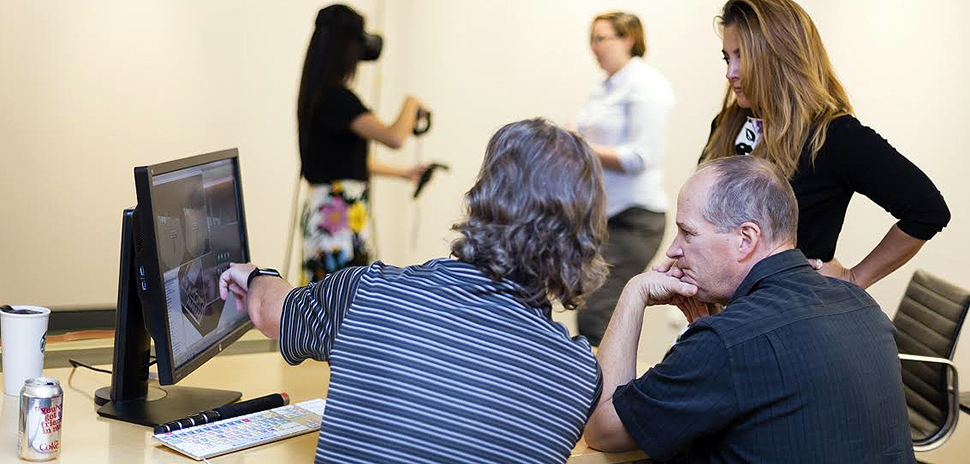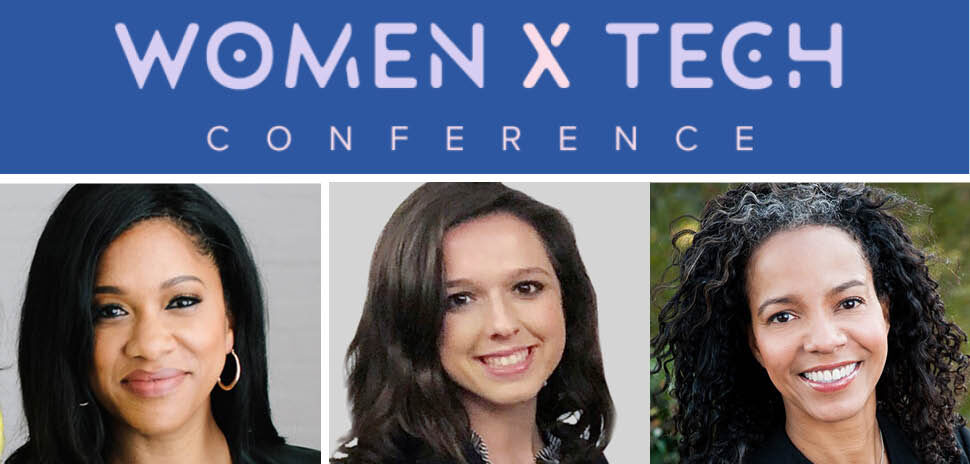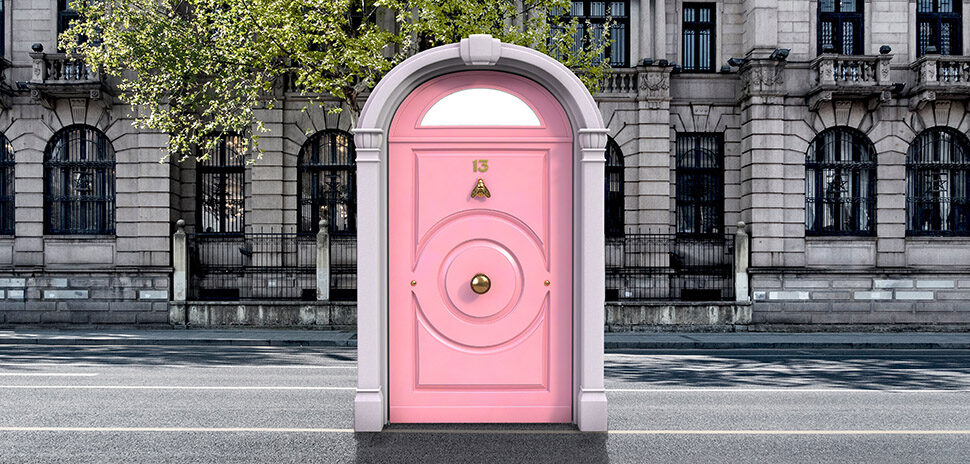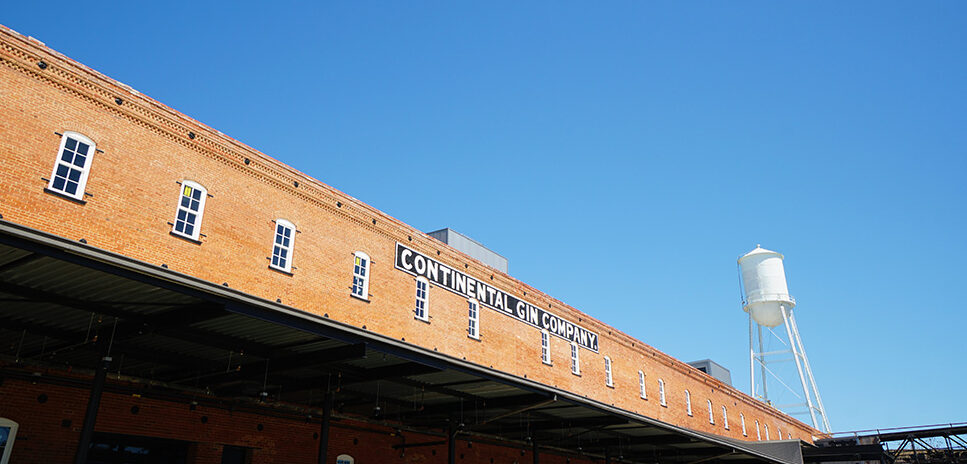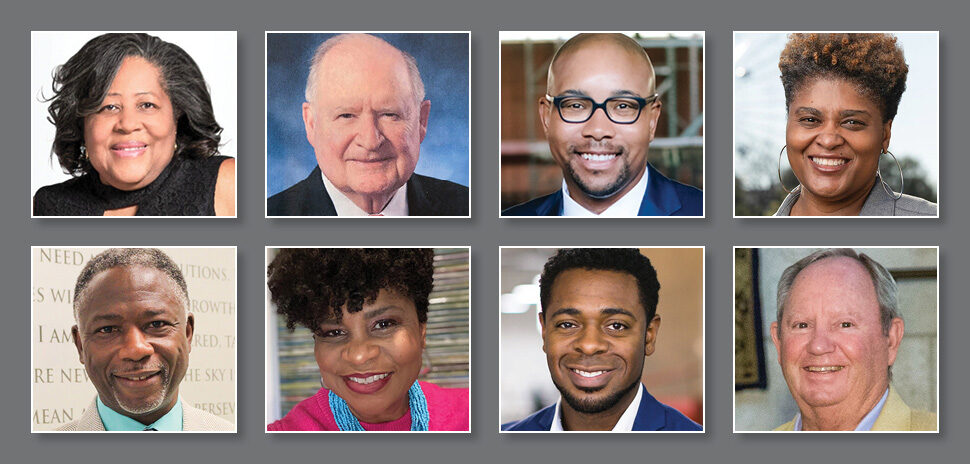ARCHITECTURE DESIGN FIRM FOCUSES ON STORYTELLING IN 360
With mega projects such as Toyota’s North American headquarters in Plano and a new terminal at Chicago O’Hare International Airport in the works, Corgan has been staying busy in Dallas’ West End.
But the architecture design firm takes a unique approach to its work, focusing much of its attention on storytelling and building an emotional connection between the client and their building.
“We get to let people experience this environment and give them an opportunity to give feedback about things like design and wayfinding and intuitive flow of a building.”
Brandon Carmichael
Rapid advances in virtual reality technology are making it possible to render an entire building inside and out in VR and then allow the client to walk through the digital space.
Tucked in a windowless room of Corgan’s building, you’ll find Brandon Carmichael, executive creative director, and his team working to perfect the burgeoning technology that will revolutionize architecture. Like Groove Jones, a Dallas-based company that builds VR experiences for retail brands, Corgan uses the new HTC Vive headset.
“We get to let people experience this environment and give them an opportunity to give feedback about things like design and wayfinding and intuitive flow of a building,” Carmichael said. “If you’re in a high-stress environment like an airport and you’re trying to get from point A to point B, how can we make it as least stressful and intuitive as possible?”
For those who haven’t tried the Vive, they might wonder how VR could trigger emotions. It’s completely different than watching television. With VR, the brain knows the environment isn’t real, but there’s apprehension about going over the edge of a building or falling off a mountain even though you’re really just standing in a small room.
The brain is tricked into thinking it’s real. Clients walking through their own building can make changes, identify problems, or take in the excitement of seeing what the building will look like.
The VR software can change the time of day and show how the sun will affect a building throughout the day.
“Life happens in 360. But storytelling so often is very 2D. We are striving towards telling life in a 360 environment.”
Brandon Carmichael
One of the biggest VR worlds Corgan built was for an airport on the West Coast. It was so big, it had to split it into two models to keep it from stuttering.
Carmichael and his team are excited about the future of VR as the next Vive will be even more powerful. The hand controllers could become gloves that would have a more natural and tactile response. All the technology is open sourced so anyone who has the “nerd gene,” like Carmichael and his team, can tinker with it. They expect rapid advances to occur in the next year.
“The shift that’s happened in VR in the last six to 12 months is the software and hardware catching up with it,” Carmichael said. “That will continue to happen. Hopefully the next iteration of the Vive is wireless. The computers will get faster. We’ll take the model that is two and make it one and it will be fine.”
While VR is great for the architecture space, the biggest moneymaker will be in entertainment such as movies and gaming. Someday, you could watch a movie in VR and experience it six different times because you can look at different vantage points.
“There’s huge story implications for VR. It’s not a gimmick like 3D was,” Carmichael said. “Life happens in 360. But storytelling so often is very 2D. We are striving towards telling life in a 360 environment.”
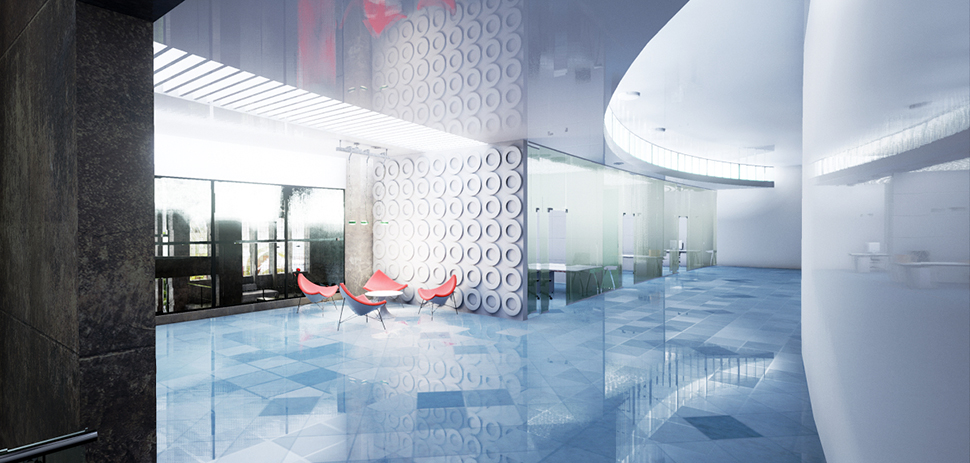
Corgan uses VR technology to connect a client to their building. [Photo Courtesy Corgan]
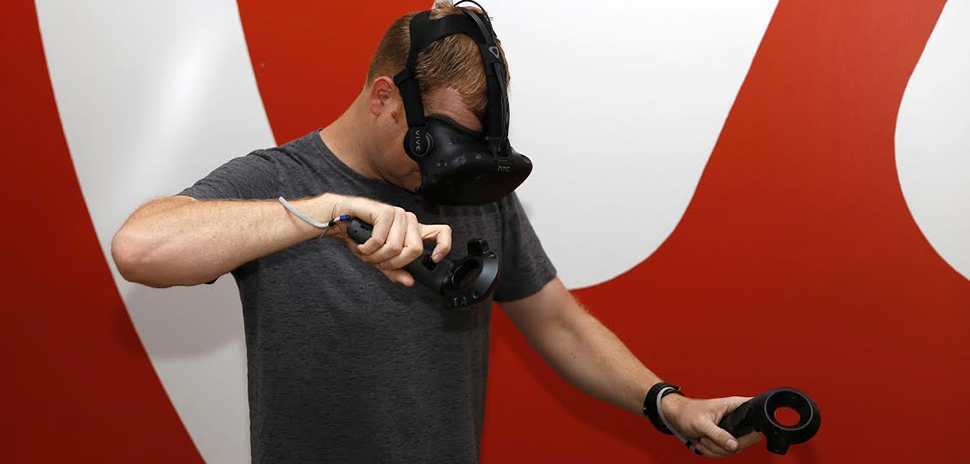
Dallas architecture firm Corgan uses VR technology. [Photo Courtesy Corgan]
Delivering what’s new and next in Dallas-Fort Worth innovation, every day. Get the Dallas Innovates e-newsletter.

